GUEST BLOGGER SUE HEAVENRICH
Next week, January 23, is National Pie Day! So this week is the perfect time to think about how to celebrate. In addition to eating pie you can read about pie, write about pie, and investigate pie. I only bring this up because it was a National Pie Day challenge that inspired me to write my newest book, The Pie that Molly Grew.
Why pie? (language arts connections)
It doesn’t matter whether you start with a seed or buy a ripe pumpkin from the farmer’s market, making a pie is a step-by-step process. That makes it perfect fodder for writing.
Ask your students to write about a process they are familiar with. It could be making a pie. Or it could be something they build (a birdhouse), food they prepare (a sandwich), or a natural process they observe (how a butterfly grows from egg to adult). To begin, have them list the steps in their process, and then review them to make sure they are in the right order.
Next, have them write about each step, explaining it in detail. If they’re writing about how to build something or a recipe, the first step might be a list of materials and tools or ingredients to gather before they start. Have them draw pictures to show the different steps in their process.
Older children might enjoy the challenge of writing a story. The Pie That Molly Grew is a cumulative story, based on the structure of The House that Jack Built. In a cumulative story, each new scene builds upon the previous ones, and it’s all repeated in the text. While pie is perfect for cumulative stories, students might prefer to write about animals they saw at a zoo, a runaway cookie, or things they’re packing for a trip to Mars.
How do you measure a pumpkin? (math connection)
Have these things available on a table:
- tools to measure things: fabric or paper tape measures, string, rulers, kitchen scales
- a few pumpkins (different sizes, different varieties)
- a bag of sugar, a dictionary
With students work in pairs or small groups, ask them to describe their pumpkin. Younger students could draw what it looks like; older students could write their observations. Challenge them to figure out how tall their pumpkin is. Does this height include the stem? Explain what circumference is, and have them measure that. What tools do they find most useful? How heavy is their pumpkin? How does it compare to a book, or bag of sugar?
Watch pumpkin seeds sprout (science connection)
When you plant a seed in a pot or in the garden, you don’t get to see the magic stuff happening below the surface. This activity lets students watch how roots and sprouts grow from a seed.
You will need:
- Clear glass jars or plastic cups
- Paper towels or napkins and old t-shirts
- Pumpkin seeds
- Spray bottle with water
- Magnifying lenses
Tear a wide strip from the paper towel and place it around the inside of the container. Fill the center with wadded up and dampened sections of old white T-shirts (or paper towels). The stuffing should be damp but not so wet water collects in the bottom of the container.
Place the pumpkin seeds between the paper towel and the container – so you can see the seeds. Space the seeds at least an inch apart. Put the jar on a sunny window sill and spritz with water to keep the stuffing and paper towel damp.
Have students observe their seeds every day and make drawings and notes. If students want to, they can transplant a sprout into a small pot. They just need to tear off the paper towel with sprout and plant it into a pot filled with seed starting mix or potting soil.
Extensions
You’ll find more STEM explorations in my Activity Guide on my website.
Featured image credit: “Pumpkin Pie Slice” by TheCulinaryGeek is licensed under CC BY 2.0.
Sue Heavenrich is biologist, a former high school science teacher, and retired environmental reporter. Now she writes books for kids and shares hands-on science activities and reviews STEM books on her blog, Archimedes Notebook. To learn more about her, visit her website or follow her on Facebook where she posts about science, books, and pie.




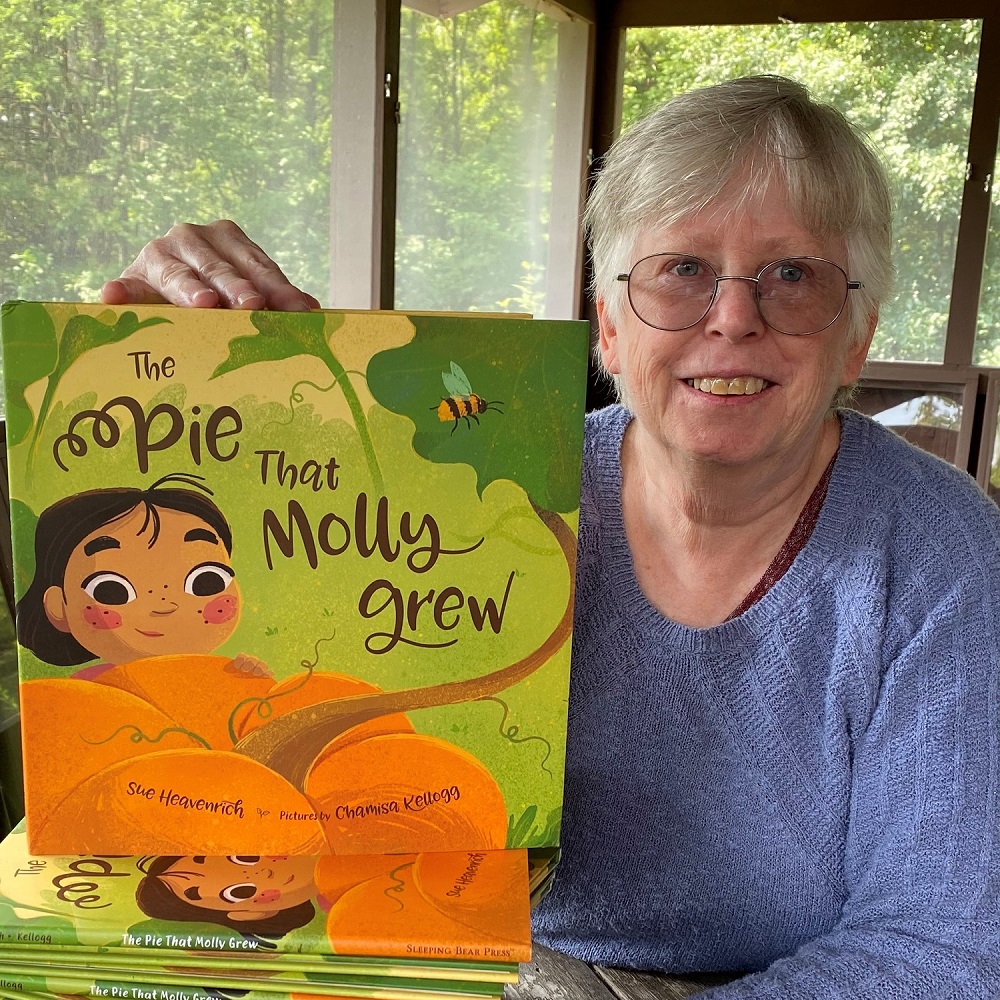
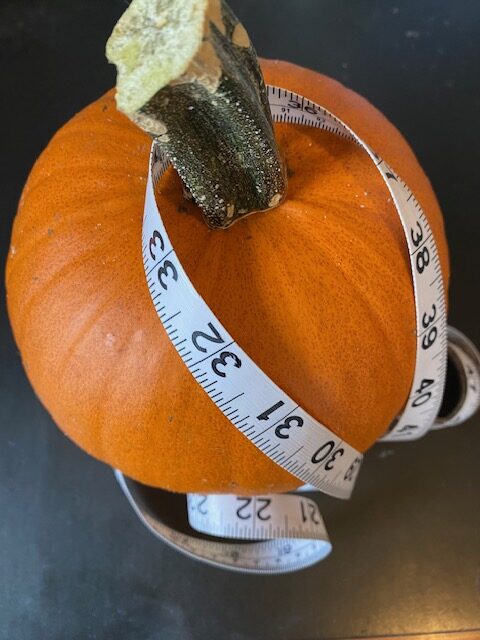

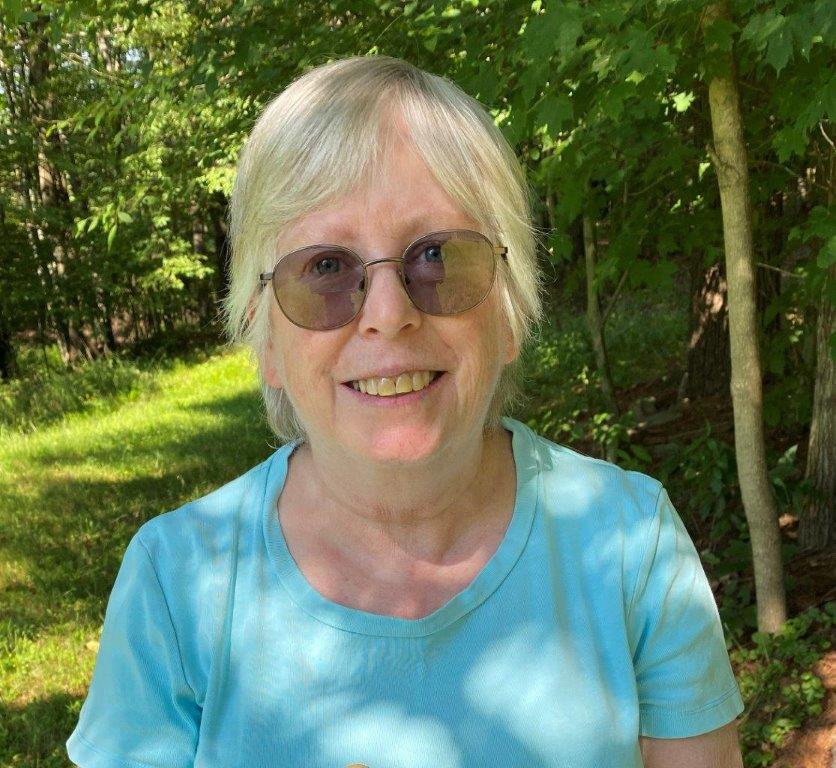
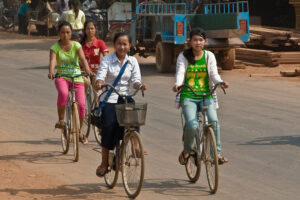
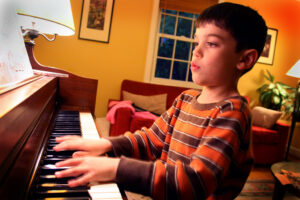
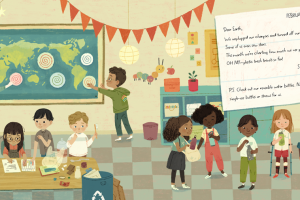


Leave a Reply
Your email is safe with me.